What The Fuck Is Going On In Chicago: Martial Law Must Be Instituted To Quell Gang Violence In The Windy City
Posted by David Adams on April 28th, 2014
It’s a gritty blue collar town with a reputation of violent crimes that dates back to the early 20th century. A violent era in American history where gangsters like Al Capone and “Bugs” Moran were the leading figures in Chicago’s organized crime order. The struggle for power once spilled over into the streets when seven men were lined up against a whitewashed wall and pumped with 90 bullets from submachine guns, shotguns and a revolver in an epic crime scene, later dubbed as the famed St Valentine’s Day Massacre. It was the most infamous of all gangland slayings in America, and it savagely achieved its purpose (the elimination of the last challenge to Al Capone for the mantle of crime boss in Chicago). Over three quarters of a century later, the brutal imagery of gun violence still remains a calling card for the way violent criminals conduct business on the streets of Chi Town. The only difference today is the mafia is now defunct, and the heirs to violent gang culture has been inherited by gun toting kids, who operate from a new standard of rules.
No one is immune from gun violence as babies, females, elderly people, and not even mourners attending funerals can escape a seemingly violent epidemic of biblical proportions as the body count continues to rise on a daily basis. In the past few weeks the weekends were filled with shootings totalling 38, 35, and 43 citizens hit by gunfire respectively. The numbers shadow past figures where at least 52 people have been shot in a twenty four hour time period, and a total of fifty or more people have been shot in Chicago in a single day, twice in as many years. While the cops blame the rise in violence on gang activity, politicians contemplate what actions should be taken to stop the violence and bring order to a city in desperate need of a complete public safety overhaul. Chicago’s mayor Rahm Emanuel has been dancing around the idea of establishing Martial Law, and allowing the streets to be policed by National Guards. The call for the government to stop the killing has been advocated by community leaders, louder than ever before.
The debate has formulated two sides of the war on violence in Chicago, and the urgency for government intervention depends on which side of the table you’re seated. For instance, communities in close proximity of the University of Chicago are among some of the most violent in the city, and some of the safest at the same time. Past violence on and near the institution’s campus sprung it’s administration into action decades ago, and many of the installations near the campus are now being patrolled by private police. Other communities in close proximity are also benefiting from such strategic community safety efforts. Crime and violence is in fact within the highest in Chicago for neighborhoods just blocks away. The alarming disparity of crime and violence becomes a simple matter of where you live. While neighborhoods populated by African Americans and other minorities are among those desperately seeking government assistance to police violence, some white communities in close proximity are numb to the need for intervention.
Community leaders say that such a perspective sends a false sense of security to the overall need for policing of troubled communities plagued with violence. The current status of public safety policy demonstrates that resources are only being afforded to communities which cater to one ethnic group, and primarily those entities associated with the University of Chicago and other prominent institutions. However, research shows that minority and low income communities produce 90 percent of the cities violent crime victims and perpetrators, a staggering statistic that some observers believe is primarily a problem solely indigenous to those communities. Poverty, poor education, and gang activity remain the normal rationalization for the onset of such a violent epidemic, but black leaders are concerned that the readily availability of guns on the streets of Chicago is the root of the city’s violence problem.
For more than a year now, the Chicago Police department has been on a triumphant run. Murders fell almost 20 percent citywide last year, according to department data, and the first quarter of 2014 saw the fewest murders in any first quarter since 1958. But then the mercury started to rise. Over the last two weekend (the first warm ones in the city this year) shootings spiked. More than 70 people were wounded by gunfire. More than 10 others were killed. Authorities say that violence in the city is a classic tale of two Chicagos, one of them safe and prosperous, the other one dangerous and poor—and both of them growing more so. NBC News confirmed the idea of two Chicagos in an analysis last year. Between 2007 and 2012 the murder rate in the most dangerous of Chicago’s official community areas was as much as 80 times higher than the rate in the tonier, quieter area’s like Chicago’s north side. As jobs leave and communities break down, gangs seem to move in and violence follows.
The disturbing factors related to Chicago’s violence is the casual approach some say city leaders are displaying related to stopping the killings. The basic consensus is that although research and statistical data explain some of the root causes of violent crime, drastic measures must now be implemented to quell violence in the city where citizens are being fired upon indiscriminately by fearless criminals who act with impunity. The cops continue to tout the fall of violent crimes over the course of the past few years, but as the climate changes in 2014 the body count, and the volume of shootings so far this year in Chicago demonstrates that a spike in shootings have come back with a vengeance. The city’s leaders along with community advocates are playing a dangerous game of “russian roulette” with the public safety viability of one of the nation’s largest cities, while violence in Chicago reigns as the order of the day. A drastic measure must be swiftly enacted to stop the killing. Mayor Rahm Emanuel must act now and establish Martial Law. His failure to implement unprecedented public policy related to Chicago’s violent epidemic will result in the blood of countless citizens falling upon his hands on his watch.
The reality of the extent of violence in Chicago reveals that since 2010 over 1500 school kids have been shot in the city, with over 350 of them being killed. These disturbing stats have gone unnoticed by national media, while the NRA and conservatives groups lobby for gun rights in”stand your ground” states, no one seems to be concerned with how to disrupt black youth and minorities access to guns, or where the weapons are coming from on the streets of Chicago. It seems as though no one cares about gun violence on the streets as long as the bodies falling are young black youth. A child’s safety on the streets of his own community shouldn’t be predicated on his economic status, and children shouldn’t have to be afraid because they’re not affiliated with a street gang. When a city’s government fails to protect our kids and the violence appears to be like a runaway train, Martial Law must be instituted to protect the public from violent criminals who destroy our communities. Do it now before more innocent lives are lost at the hands of cowardice gun toting thugs. Save your people Mr. Mayor and do the right thing! Now!
The People’s Champion
I’m David Adams
A Self proclaimed geek, Sympathizer for the homeless, Social Change Advocate, Crime Blogger, Promoter of Awareness for Missing and Exploited Children, and a mobile technology enthusiast. A recognized Journalist and Human Interest Writer championing the plight of the masses whom are without a voice of their own.
More Posts - Website
Follow Me:




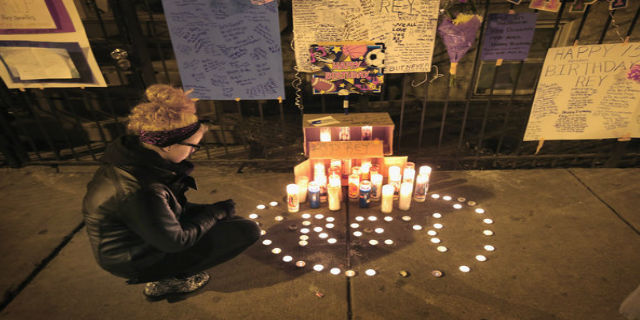
It’s a gritty blue collar town with a reputation of violent crimes that dates back to the early 20th century. A violent era in American history where gangsters like Al Capone and “Bugs” Moran were the leading figures in Chicago’s organized crime order. The struggle for power once spilled over into the streets when seven men were lined up against a whitewashed wall and pumped with 90 bullets from submachine guns, shotguns and a revolver in an epic crime scene, later dubbed as the famed St Valentine’s Day Massacre. It was the most infamous of all gangland slayings in America, and it savagely achieved its purpose (the elimination of the last challenge to Al Capone for the mantle of crime boss in Chicago). Over three quarters of a century later, the brutal imagery of gun violence still remains a calling card for the way violent criminals conduct business on the streets of Chi Town. The only difference today is the mafia is now defunct, and the heirs to violent gang culture has been inherited by gun toting kids, who operate from a new standard of rules.
No one is immune from gun violence as babies, females, elderly people, and not even mourners attending funerals can escape a seemingly violent epidemic of biblical proportions as the body count continues to rise on a daily basis. In the past few weeks the weekends were filled with shootings totalling 38, 35, and 43 citizens hit by gunfire respectively. The numbers shadow past figures where at least 52 people have been shot in a twenty four hour time period, and a total of fifty or more people have been shot in Chicago in a single day, twice in as many years. While the cops blame the rise in violence on gang activity, politicians contemplate what actions should be taken to stop the violence and bring order to a city in desperate need of a complete public safety overhaul. Chicago’s mayor Rahm Emanuel has been dancing around the idea of establishing Martial Law, and allowing the streets to be policed by National Guards. The call for the government to stop the killing has been advocated by community leaders, louder than ever before.
The debate has formulated two sides of the war on violence in Chicago, and the urgency for government intervention depends on which side of the table you’re seated. For instance, communities in close proximity of the University of Chicago are among some of the most violent in the city, and some of the safest at the same time. Past violence on and near the institution’s campus sprung it’s administration into action decades ago, and many of the installations near the campus are now being patrolled by private police. Other communities in close proximity are also benefiting from such strategic community safety efforts. Crime and violence is in fact within the highest in Chicago for neighborhoods just blocks away. The alarming disparity of crime and violence becomes a simple matter of where you live. While neighborhoods populated by African Americans and other minorities are among those desperately seeking government assistance to police violence, some white communities in close proximity are numb to the need for intervention.
Community leaders say that such a perspective sends a false sense of security to the overall need for policing of troubled communities plagued with violence. The current status of public safety policy demonstrates that resources are only being afforded to communities which cater to one ethnic group, and primarily those entities associated with the University of Chicago and other prominent institutions. However, research shows that minority and low income communities produce 90 percent of the cities violent crime victims and perpetrators, a staggering statistic that some observers believe is primarily a problem solely indigenous to those communities. Poverty, poor education, and gang activity remain the normal rationalization for the onset of such a violent epidemic, but black leaders are concerned that the readily availability of guns on the streets of Chicago is the root of the city’s violence problem.
For more than a year now, the Chicago Police department has been on a triumphant run. Murders fell almost 20 percent citywide last year, according to department data, and the first quarter of 2014 saw the fewest murders in any first quarter since 1958. But then the mercury started to rise. Over the last two weekend (the first warm ones in the city this year) shootings spiked. More than 70 people were wounded by gunfire. More than 10 others were killed. Authorities say that violence in the city is a classic tale of two Chicagos, one of them safe and prosperous, the other one dangerous and poor—and both of them growing more so. NBC News confirmed the idea of two Chicagos in an analysis last year. Between 2007 and 2012 the murder rate in the most dangerous of Chicago’s official community areas was as much as 80 times higher than the rate in the tonier, quieter area’s like Chicago’s north side. As jobs leave and communities break down, gangs seem to move in and violence follows.
The disturbing factors related to Chicago’s violence is the casual approach some say city leaders are displaying related to stopping the killings. The basic consensus is that although research and statistical data explain some of the root causes of violent crime, drastic measures must now be implemented to quell violence in the city where citizens are being fired upon indiscriminately by fearless criminals who act with impunity. The cops continue to tout the fall of violent crimes over the course of the past few years, but as the climate changes in 2014 the body count, and the volume of shootings so far this year in Chicago demonstrates that a spike in shootings have come back with a vengeance. The city’s leaders along with community advocates are playing a dangerous game of “russian roulette” with the public safety viability of one of the nation’s largest cities, while violence in Chicago reigns as the order of the day. A drastic measure must be swiftly enacted to stop the killing. Mayor Rahm Emanuel must act now and establish Martial Law. His failure to implement unprecedented public policy related to Chicago’s violent epidemic will result in the blood of countless citizens falling upon his hands on his watch.
The reality of the extent of violence in Chicago reveals that since 2010 over 1500 school kids have been shot in the city, with over 350 of them being killed. These disturbing stats have gone unnoticed by national media, while the NRA and conservatives groups lobby for gun rights in”stand your ground” states, no one seems to be concerned with how to disrupt black youth and minorities access to guns, or where the weapons are coming from on the streets of Chicago. It seems as though no one cares about gun violence on the streets as long as the bodies falling are young black youth. A child’s safety on the streets of his own community shouldn’t be predicated on his economic status, and children shouldn’t have to be afraid because they’re not affiliated with a street gang. When a city’s government fails to protect our kids and the violence appears to be like a runaway train, Martial Law must be instituted to protect the public from violent criminals who destroy our communities. Do it now before more innocent lives are lost at the hands of cowardice gun toting thugs. Save your people Mr. Mayor and do the right thing! Now!
The People’s Champion
I’m David Adams
A Self proclaimed geek, Sympathizer for the homeless, Social Change Advocate, Crime Blogger, Promoter of Awareness for Missing and Exploited Children, and a mobile technology enthusiast. A recognized Journalist and Human Interest Writer championing the plight of the masses whom are without a voice of their own.
More Posts - Website
Follow Me:




You can
leave a response, or
trackback from your own site.

 RSS Feed
RSS Feed Twitter
Twitter




 Posted in
Posted in 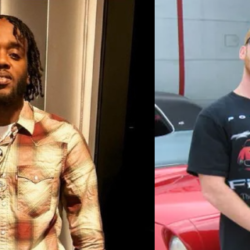
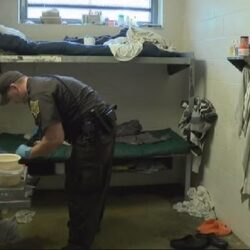
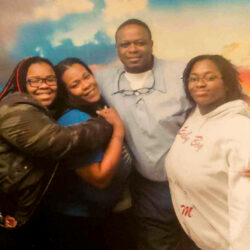
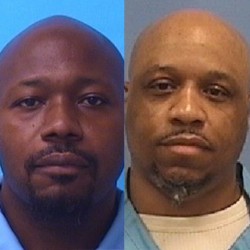
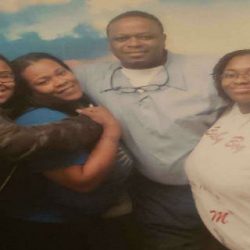

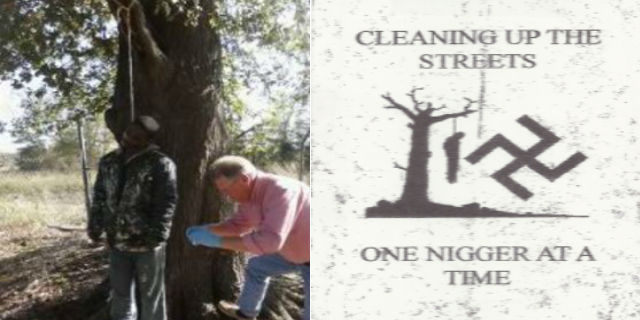
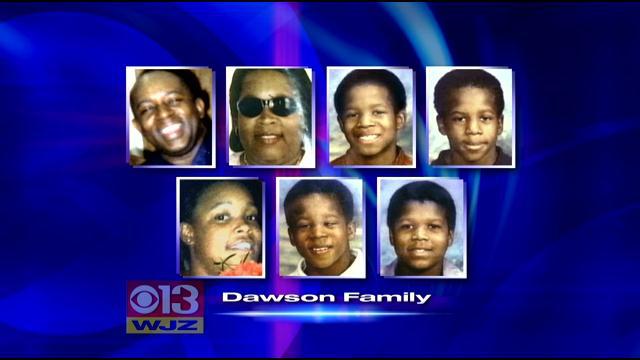
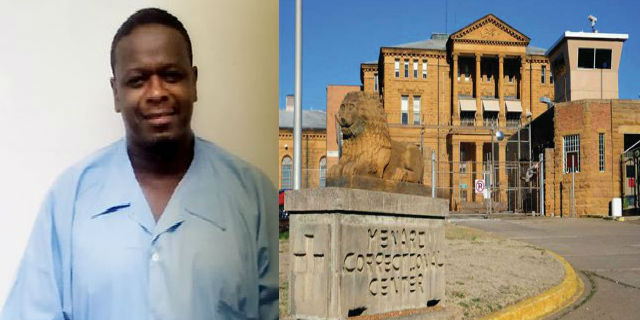
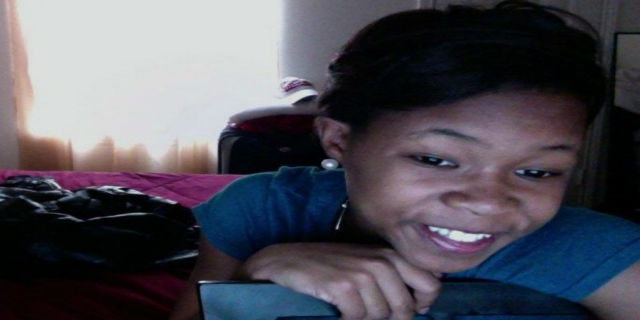



Ivana Hero
I found a great…